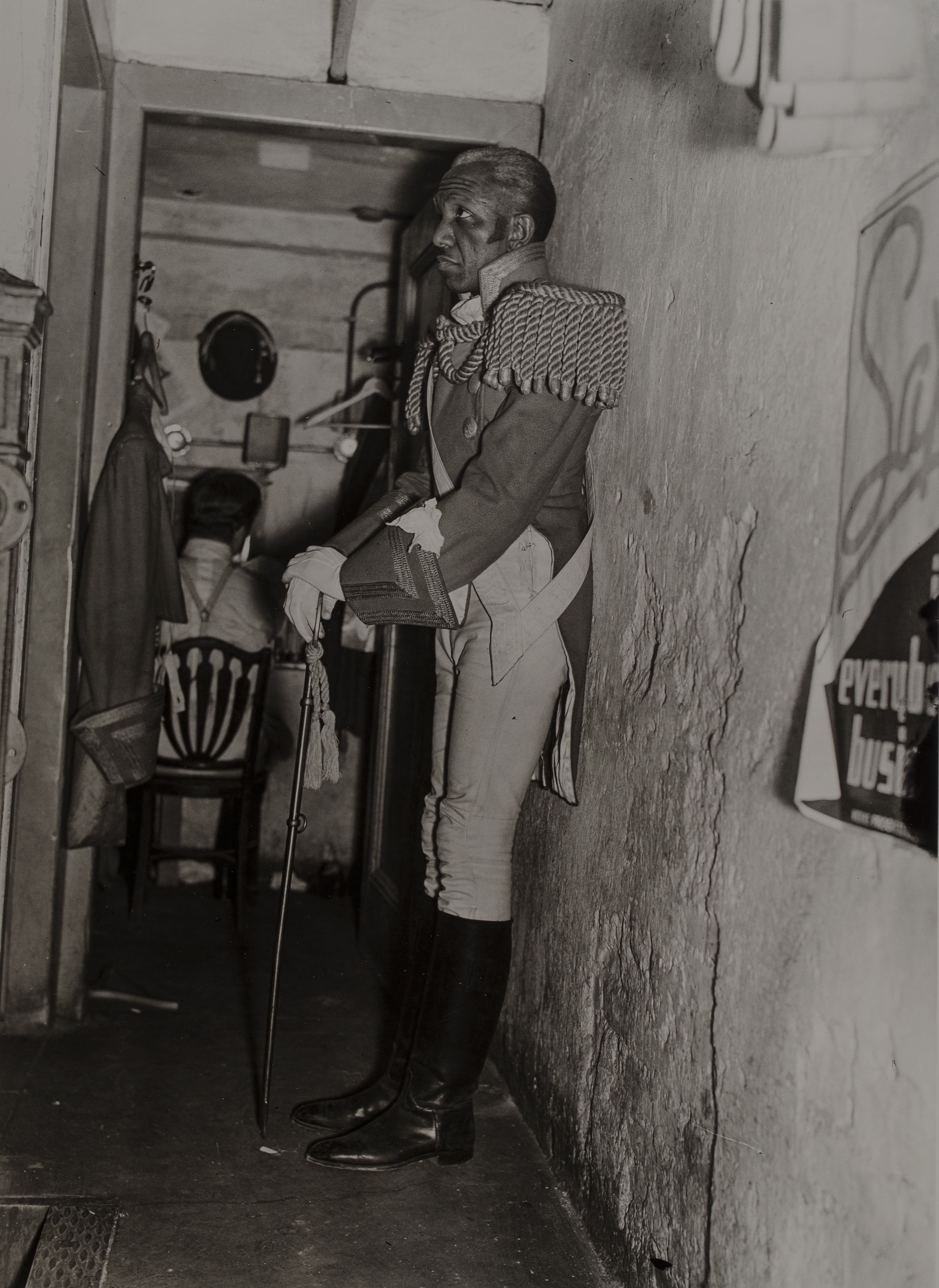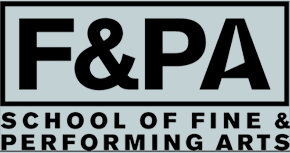
Lafayette Theater 2, Harlem
The photograph Lafayette Theater 2, Harlem was donated to the Samuel Dorsky Museum of Art by Howard and Ellen Greenberg. Aaron Siskind (1903-1991) was an American photographer who was a member of the renowned New York Photo League. This photograph is one of the many that Siskind took of everyday life in Harlem, New York during the 1930s. Originally the Harlem photographs were intended to be part of a book of social documentary photographs which would include works by other Photo League photographers but the book was never published. In 1986, however, Siskind published several of the Harlem photographs, including this one, in a book entitled Harlem Document, Photographs 1932-1940: Aaron Siskind (Banks, Ann, and Charles Traub, eds., Providence: Matrix Publication, 1981).
In 1913, the Lafayette Theater became the first integrated theater in New York. The theater, located on 132nd Street and 7th Avenue in Harlem, acted as a base for the black acting company, the Lafayette Players. In addition to theater productions, the Lafayette hosted jazz performances; Duke Ellington, the famed jazz artist and composer, made his New York debut at the theater in 1923. During the Great Depression of the 1930s, the Lafayette became the official home of the Federal Theatre Project’s Negro Unit in Harlem (1935-1939). The main objective of this New Deal program was to employ as many individuals as possible; therefore, the actors performing at this time were not necessarily professionals, in fact, most of them were amateurs. It was during this period that Siskind captured intimate, behind the scene moments of actors who were participating in the innovative productions.
In the 1930s the Lafayette Theater produced two plays with 19th century military costumes and a Caribbean setting. In 1936, Orson Welles directed a revolutionary adaptation of William Shakespeare’s Macbeth at the Lafayette, with John Houseman as production manager. The play, originally set in the medieval Scottish highlands, was envisioned by Welles in 19th century Haiti and the characters were all portrayed by black actors. The Lafayette’s production included bright jungle backdrops, intense, percussive music, and voodoo priestesses in the roles of the witches. This production of Macbeth gave African Americans the opportunity to perform in and watch a play that historically had been reserved for white actors and audiences. However, the Harlem community was unsure about an all black Shakespeare production being directed by Welles who was a white man; some thought that he might have a secret, racist agenda that would undermine the show’s black performers. Despite this initial tension, a community was ultimately created and trust was developed between the actors and the director. While this production, commonly referred to as Voodoo Macbeth, received mixed reviews from critics, it was very popular with audiences and it remained sold out for ten weeks.
The second play staged in 1938 was a production of Haiti, by the white playwright William DuBois. The play takes place in Haiti during the Haitian Revolution led by Toussaint L'Ouverture. It became one of the first plays in the country to directly deal with issues of nationalism and race discrimination. It also provided African American actors with another chance to break away from the stereotypical roles usually offered to black actors. Haiti was often misattributed to the African American activist, W.E.B. Dubois; therefore, certain aspects of the play were misinterpreted. Eventually, Haiti was targeted by the FBI and the House Committee on Un-American Activities. They believed the play promoted communist ideologies and threatened existing relations between the races. These agencies also did not approve of the depiction of black power and miscegenation in the play. As this production employed black and white actors, they also feared the outcomes of interracial collaboration and equality of pay among actors of different races. Haiti was actually used as evidence in the successful shutdown of the Federal Theatre Project in 1939.
In Harlem Document, Siskind explains that his record keeping for the Harlem photographs was incomplete or missing altogether. Therefore, since the date of the picture may be incorrect, we cannot be certain whether Macbeth or Haiti is photographed here. In the photograph an actor prepares backstage before a performance at the Lafayette Theater. He is dressed in full 19th century military regalia adorned with oversized epaulettes and wrist cuffs. The actor leans with his back against a concrete wall and clasps a black cane in his gloved hands. As he concentrates on the task ahead, his eyes intensely fix upon a spot above him. In a recess behind the actor, a man sits at a mirror with his back to the viewer; the costumes, hat, and hangers surrounding him suggest a backstage dressing room. This added vignette further contributes to our experience of the theatrical world.
— Teresa Ferguson, Class of ‘20, Online Collections Management Intern

